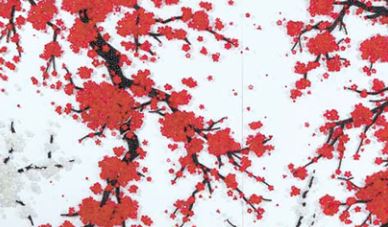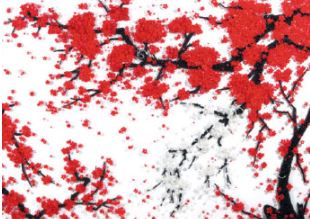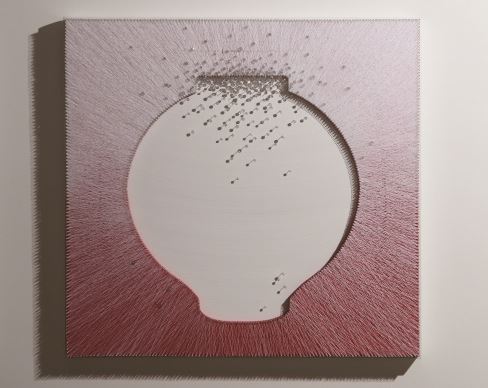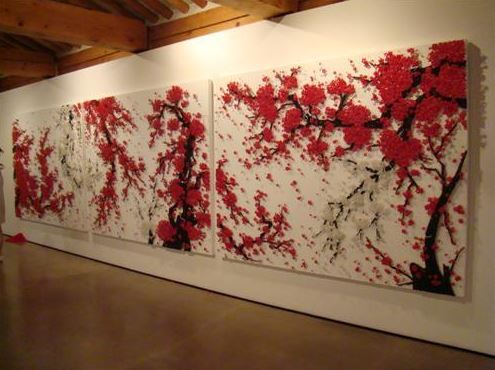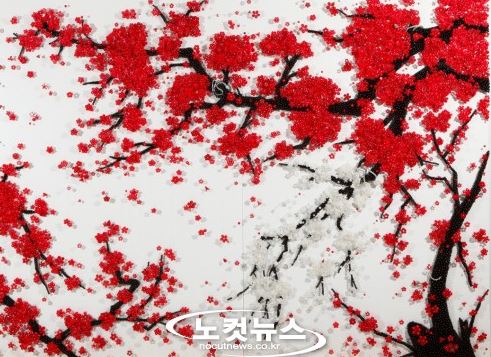1997년부터 뉴욕을 무대로 생활하며 이국적 느낌의 동양적 감성표현을 통하여 주목 받는 작가 황란이 오는 6월 9일부터 7월 11일까지 학고재 본관에서 개인전을 연다. 이번 전시는 화려하지만 냉혹한 삶의 아이러니한 풍경과 상처받고 힘든 이들을 치유하려는 고행과정을 만나보는 시간이 될 것이다.
뉴욕 유학 시절, 황란은 패션 업계에 몸담고 있던 어느 날 주변에 무수히 쌓인 단추 상자들을 새로운 눈으로 보게 된다. 그리고 이를 이용하여 여성적 성향이 강한 작품을 제작하기 시작한다. 수천, 수만 개의 비즈와 크리스털로 이루어져 화려하면서도 영롱한 아름다움이 돋보이는 황란의 작품은 새, 부처, 달항아리 등을 형상화하여 동양의 정신성을 담아낸다. 더불어, 비즈와 크리스털을 고정하는 못은 우리 삶 이면에 감춰진 살벌하면서도 냉혹한 현실을 보여준다.
황란은 2002년 뉴욕 허드슨리버 갤러리와 2004년 허치슨 미술관, 2009년 스위스 취리히의 카샤 힐데브란트 갤러리 등에서 개인전을 가지는 등 해외에서 활발하게 활동하고 있다.





